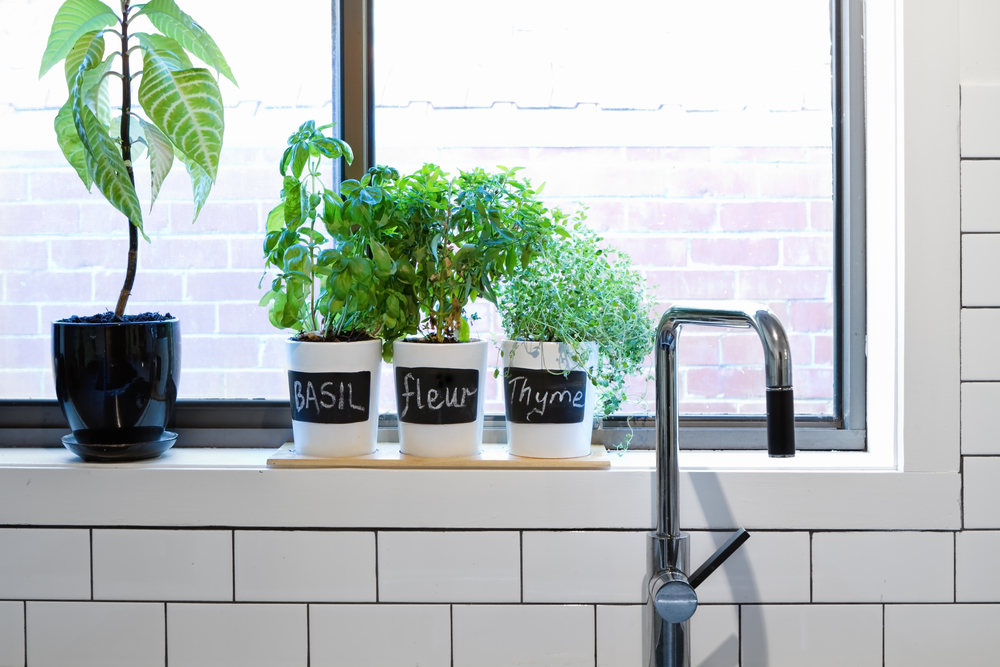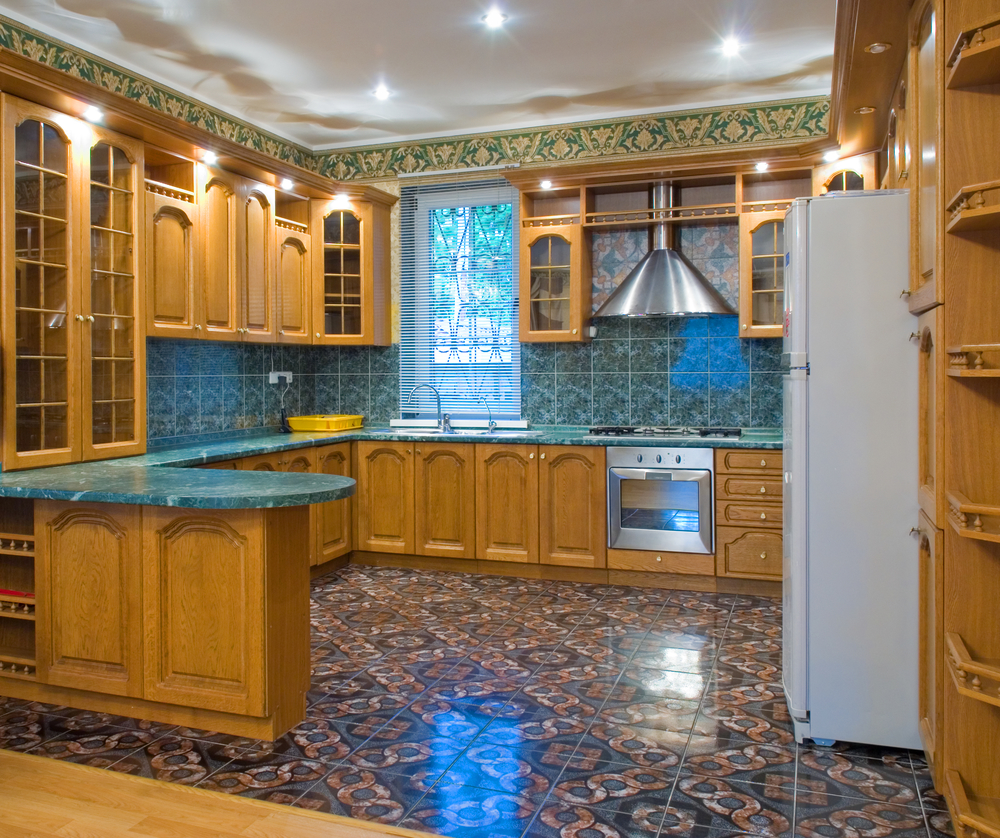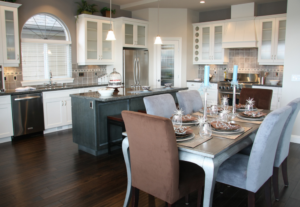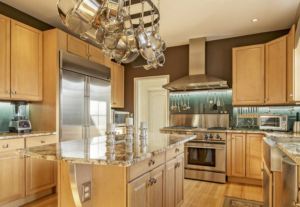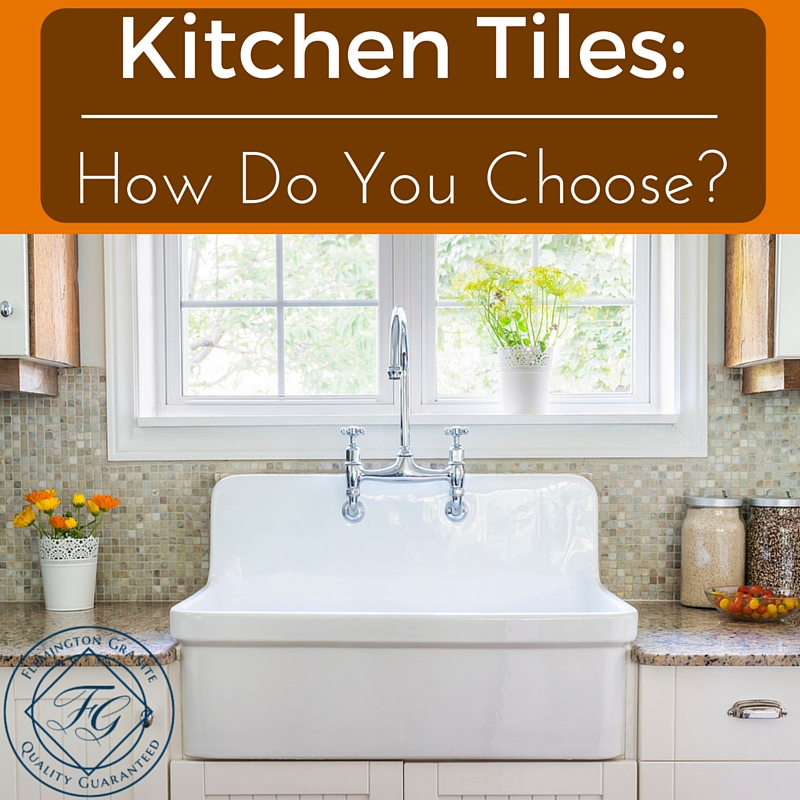
The decision to install tiles in the kitchen is a great place to begin planning a beautiful enhancement in a room that is visited often. Don’t feel as though the floor is the only place you can use tiles.
There are so many versatile styles that can be applied in many different ways. Our guide is going to help you figure out what you would like to accomplish, as well as the specific type of tile that should be used.
Location of the Tile
Narrowing the types of tiles is easier once you figure out exactly where you want to feature this material. Flooring as certain limitations because the surface has to be durable and safe to walk on, but a purely decorative backsplash behind the stove would leave more options.
Think about which areas you feel could benefit the most from added style and design your project for this location.
Decide on your Favorite Material
Kitchen tiles are made of materials like ceramic, vinyl, cork, porcelain and other styles that are easy to install in symmetrical rows. If the desired application is in flooring, the stronger options include cork, vinyl, and bamboo. Ceramic, porcelain, and quarry tiles are suitable for floors as well as use as a countertop.
Since walls and backsplashes do not need to be as durable, decorative glass tiles are often saved for this specific type of installation.
Consider the Budget
Custom ceramic tiles are going to fall into the higher price range, so try not to get sold on any ideas before comparing with your budget. Inexpensive linoleum or vinyl might be sufficient for the job while staying well within your comfort zone. While you are browsing different materials, get some help estimating the total cost of different materials that catch your eye to make the decision easier.
Think About Typical Kitchen Use
Ensuring that your investment will last for a long time really relies on installing a tile that fits the lifestyle of your family. Ceramic is an exceptional choice if you do a lot of cooking because it isn’t damaged by high heat. However, it could easily be damaged if heavy cookware bumps into the uneven surface. Consider the positive and negative attributes of the materials to figure out which option provides the most important advantages.
Be Cautious With Flooring
All flooring tiles should be labeled as such as so that you know it’s a suitable walking surface. Quarry tile has a refined look, but limestone or clay would be the best choice if you like a more natural style. As long as you stick with a material that is durable, easy to clean, and resistant to stains then you should make a great choice.
Get Creative with the Backsplash
There’s no reason to feel limited with backsplash options as long as they are created from a material that is easy to clean. Decorative glass or an unusual metal could be applied without worry because the kitchen tile will be left alone once installed. It’s up to your personal taste to decide how bold or subtle you want to be with the kitchen backsplash.

